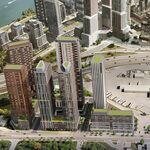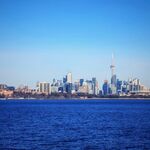amnesiajune
Senior Member
To be clear, IIRC, the claim was for cyclists into the core from all directions vs vehicles down the DVP.
The DVP is used by around 70,000 cars per direction between Bloor and Don Mills on weekdays. That's twice as much as the number of people who bike to work in the entire city of Toronto (just under 35,000 according to the 2016 census).
















